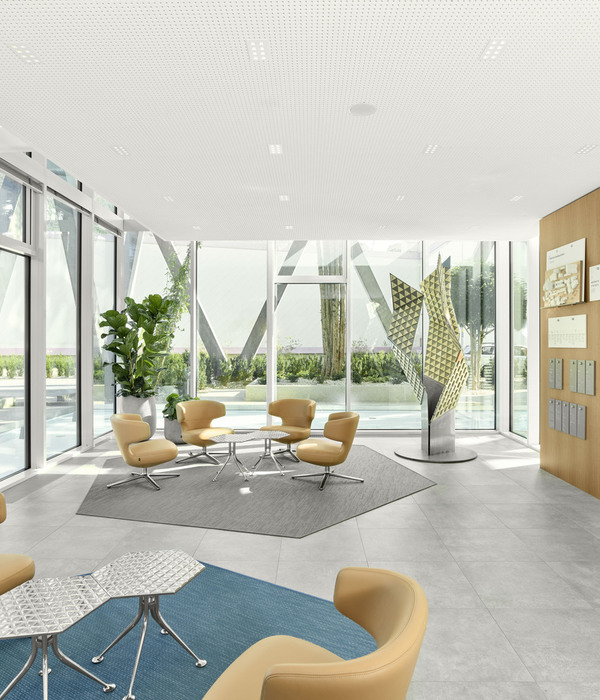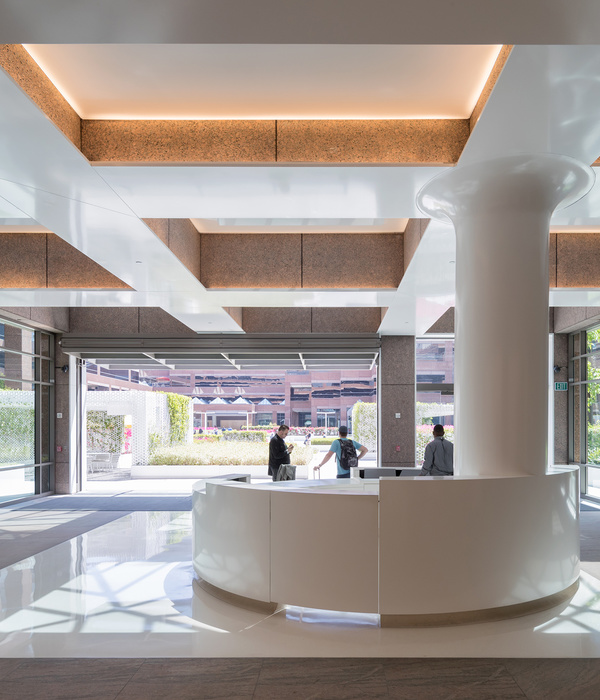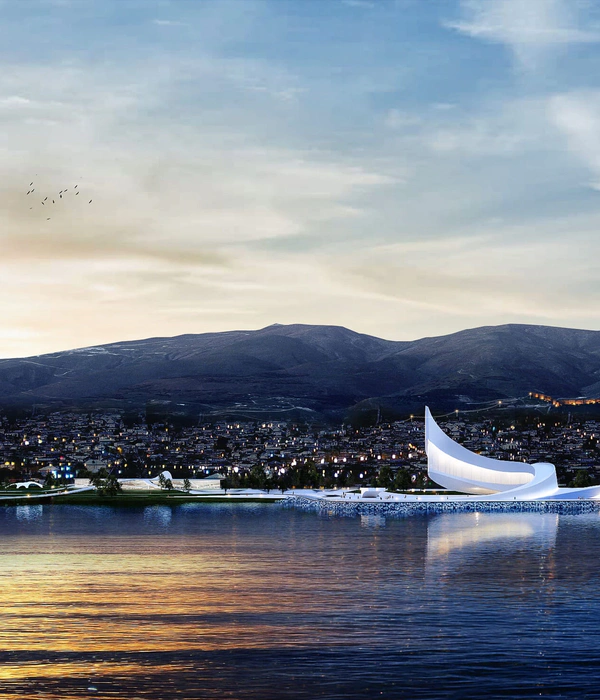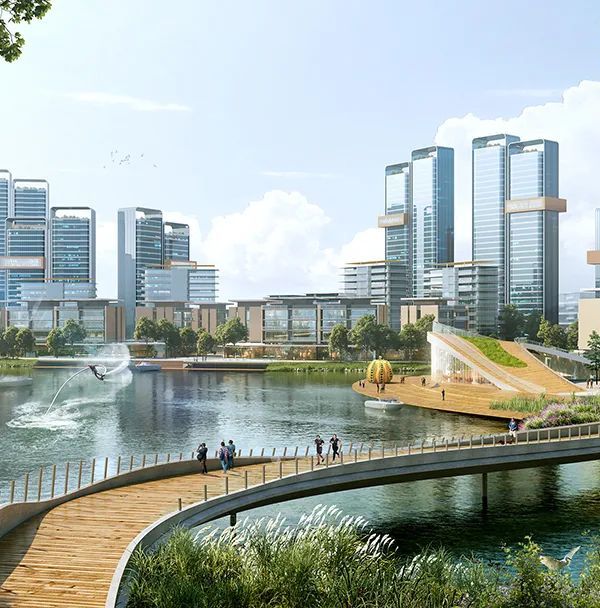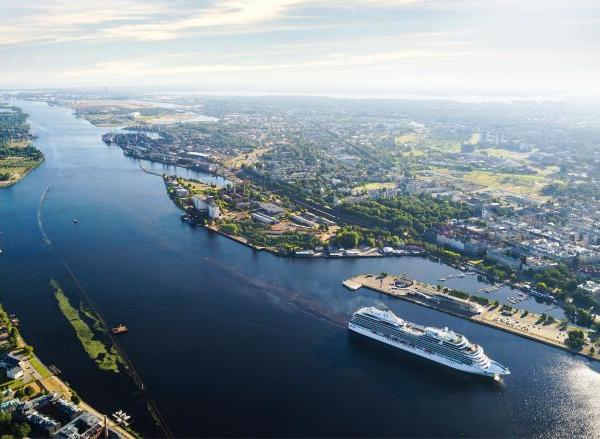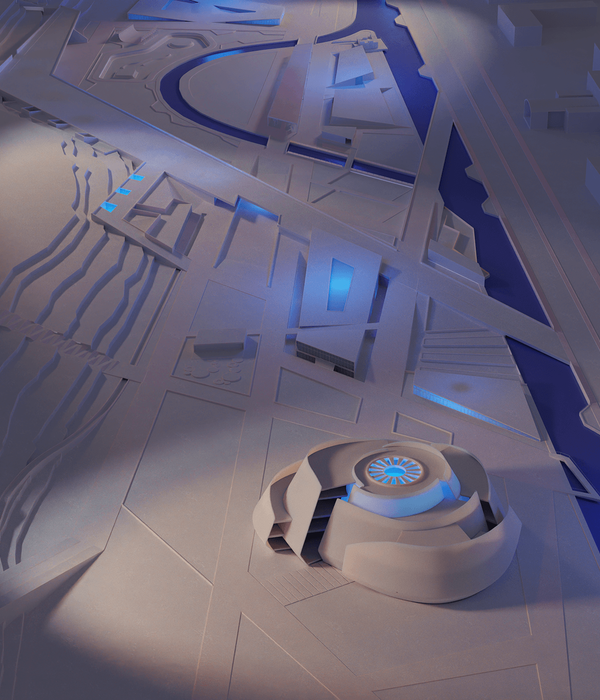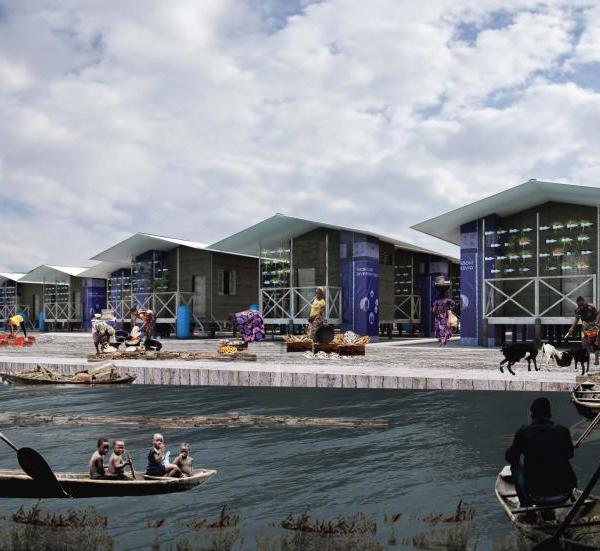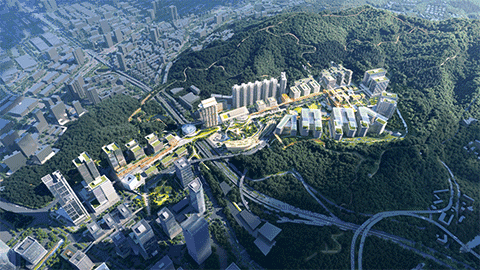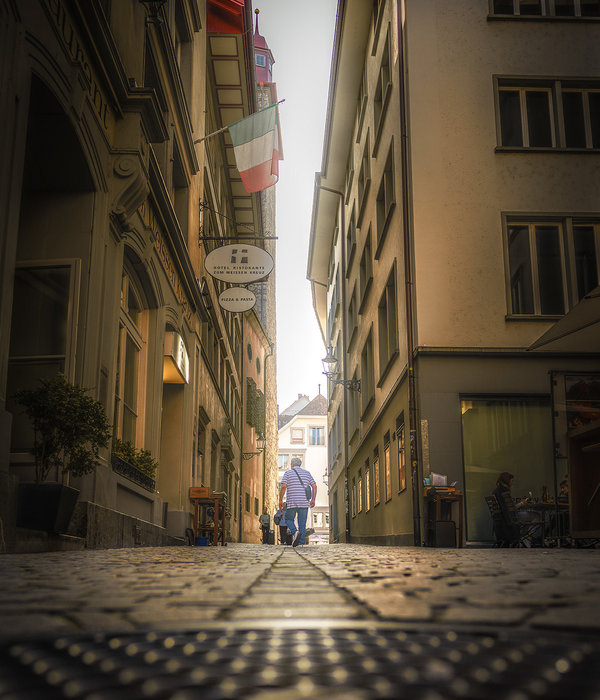Magic Carpets 2014, Miguel Chevalier Music: Jacopo Baboni Schilingi Generative and interactive virtual-reality installation Festival Internazionale di Andria Castel dei Mondi, Castel del Monte, Andria (Italy) Software: Cyrille Henry/Antoine Villeret
Magic Carpets is an installation that unfolds at nightfall on the floor of the octagonal inner courtyard at the Castel del Monte, the thirteenth-century architectural masterpiece commissioned by Frederick II, head of the House of Hohenstaufen. With its unique architecture based on the number 8, Castel del Monte is an edifice imbued with a mathematical and astronomical rigor that adopts the shape of the octagon. To each of the octagon’s eight angles corresponds a tower that itself is octagonal. The positioning of the Castel del Monte has been carefully designed to create special symmetries of light on solstice days. This symbolic system has drawn the passionate interest of experts on account of its oddity and esotericism. Moreover, Castel del Monte is lacking in the features characteristic of the military monuments of its time, such as ramparts, moats, and stables. It is a one-of-a-kind building that has been listed by UNESCO as a World Heritage Site.
The Magic Carpets installation revisits through digital art the tradition of mosaics, which prefigure the advent of pixels. Mosaics were highly present at the castle, as they were throughout Italy. Pictures made up of unstable black-and-white mega-mosaics/pixels successively slide into vividly saturated color spirals that swirl about, performing veritable choreographic movements set to music by Jacopo Baboni Schilingi.
A pixelated or organic world, just like the symbolism of the octagonal form present here, the transition from the (square) earth to the (circular) sky is represented through Magic Carpets. This artificial universe seems to rejoin that of life. Everything comes together, comes apart, and alters shape at top speed.
As the viewers move about the space, they create beneath their feet disturbances in the trajectories of these mobile, interlaced patterns. Colorfully sinuous curves ripple forth, thus reestablishing connections also with the shimmering tapestries of the Middle Ages. These arabesques generate completely new visual experiences that are not unreminiscent of the psychedelic universes of the artificial paradises of the 1970s.
This world of moving colors and shapes takes us, as in a giant kaleidoscope, on an imaginary and poetic voyage.
The Magic Carpets installation is presented inside this architectural work where the perfection of its forms, inspired by classical Antiquity and the Cistercian Gothic of Northern Europe in association with the Islamic world, immerses us in the fantastic and mysterious universe of the Middle Ages.
{{item.text_origin}}

